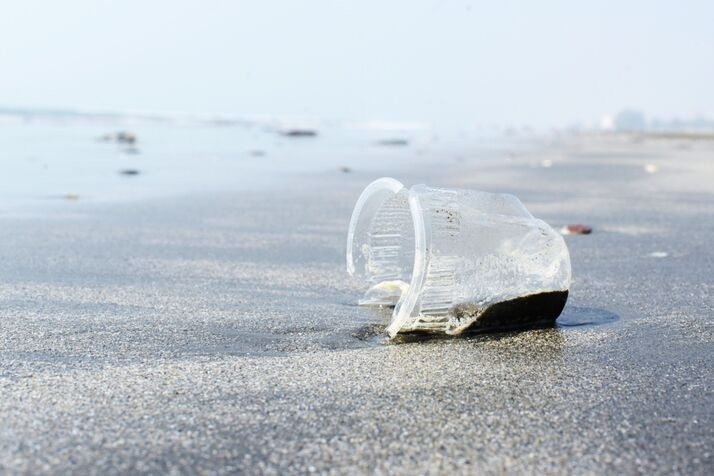At the Sugandha Sea-Gull Point in Cox’s Bazar, a towering sculpture made of discarded plastic waste stands as a grim reminder of the perils of plastic pollution. This initiative, jointly undertaken by the Cox’s Bazar District Administration and Bidyanondo Foundation, aims to raise awareness about the environmental devastation caused by plastic. However, the effectiveness of this effort remains questionable.
A visit to the site reveals a paradox: while the sculpture draws crowds of curious tourists daily, many fail to grasp its message. Visitors often discard plastic bottles, chip packets, and polythene bags right onto the beach after taking photos with the artwork. The surrounding area is littered with plastic waste, undermining the very purpose of the awareness initiative.
Local businessman Mahbub Alam expressed his frustration: “People take pictures with the sculpture but don’t change their behavior. They leave their trash on the beach, negating the administration’s and the foundation’s efforts.”
A representative from the Bidyanondo Foundation described the sculpture as a symbol of environmental crisis. “This monster represents the threat plastic poses to nature. We’ve tried to show people the severity of the issue, but without behavioral change, our efforts will be in vain,” he said.
According to a United Nations report, around 8 million tons of plastic waste enter the oceans annually, endangering marine life and human ecosystems. This pollution harms marine creatures and jeopardizes human livelihoods and health.
Cox’s Bazar District Commissioner Mohammad Salahuddin highlighted ongoing efforts to combat the issue. “We’re trying to make tourists aware through announcements and cleanliness drives. However, unless habits change, these initiatives won’t achieve their goals,” he said.
The solution lies in enforcing stricter laws for tourists, installing sufficient dustbins along the beach, and promoting alternatives to plastic. Only through the combined efforts of the administration, locals, and visitors can plastic pollution be curtailed.
By Rajin Saleh
Photo: Rajin Saleh










